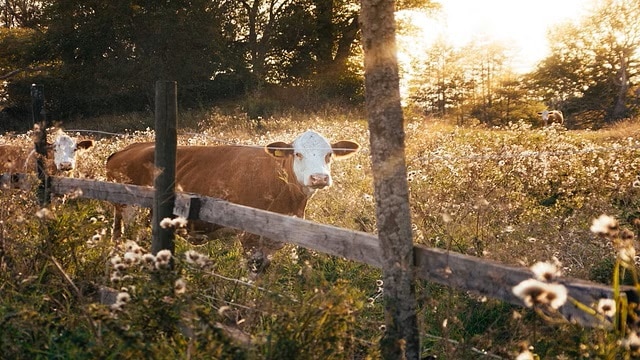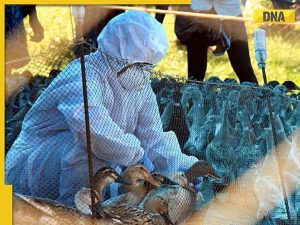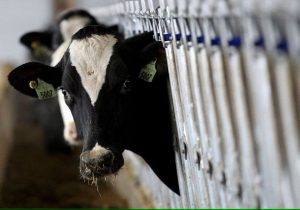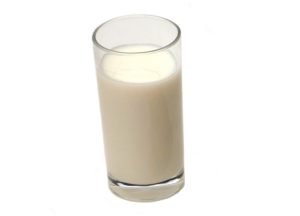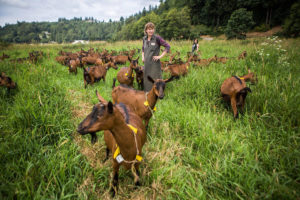Scientists have developed cows with enhanced milk production and disease resistance, offering a promising solution to reduce the environmental impact of cattle farming and make animal agriculture more climate-resilient.
Cattle farming has long been a subject of concern due to its environmental and climate change impact. One major issue is the production of methane, a potent greenhouse gas, during the digestion process of cows.
Another environmental problem associated with cattle farming is deforestation. Clearing forests for cattle grazing releases carbon stored in trees and reduces the Earth’s natural process of absorbing CO2 through photosynthesis.
Improper management of cow manure is another issue that contributes to the carbon footprint of cattle farming. When manure is not handled and disposed off correctly, it can release methane and other harmful gases into the atmosphere.
Additionally, the production of feed crops for livestock often requires significant amounts of water and energy resources and can lead to deforestation and habitat destruction.
One potential solution to address these environmental concerns is to reduce the number of cows while maintaining or increasing milk production per cow.
Researchers from the University of Illinois Urbana-Champaign have made strides in this direction by breeding cows that can produce up to 20 times more milk and exhibit a higher tolerance for diseases and pests.
The plan is to implant 100 of these new embryos into indigenous cattle in two Tanzanian locations in March. The hope is that the resulting animals will inherit a combination of traits, including disease and pest resistance, while maintaining high milk production. This approach aims to prevent these traits from separating during breeding, which is essential for the success of such initiatives, particularly in developing countries.
This endeavour is seen as a critical first step toward introducing more climate-resilient animal agriculture. The same technology can be applied not only in Tanzania but also in the United States and other countries. By introducing tropical traits into high-yielding US cattle, they can become more resistant to diseases, heat, and drought. These climate-resilient cattle could thrive in regions like Mexico, Texas, New Mexico, and California, where such traits would be highly beneficial.
While people may not always consider the long-term implications of introducing tropical genetics into cattle, experts believe that it’s a forward-thinking approach. They anticipate that, in the future, we will look back and realize the value of having integrated tropical genetics earlier into cattle breeding programs for a more sustainable and climate-resilient animal agriculture industry.

